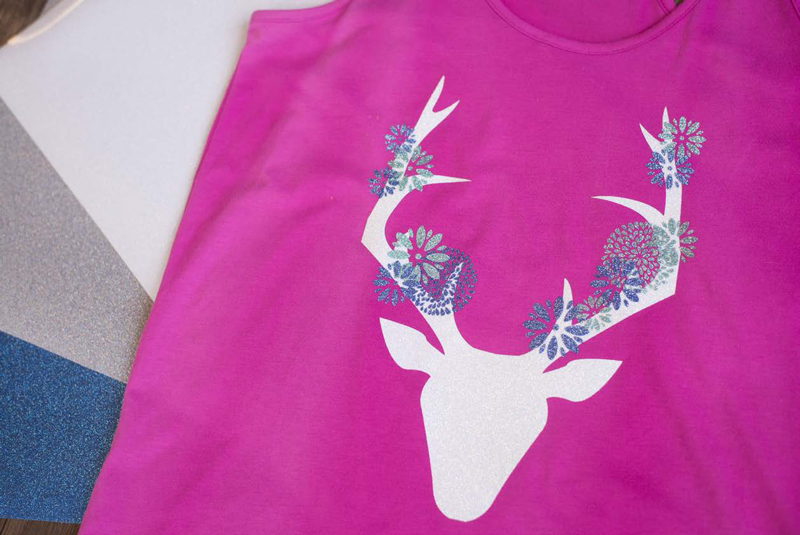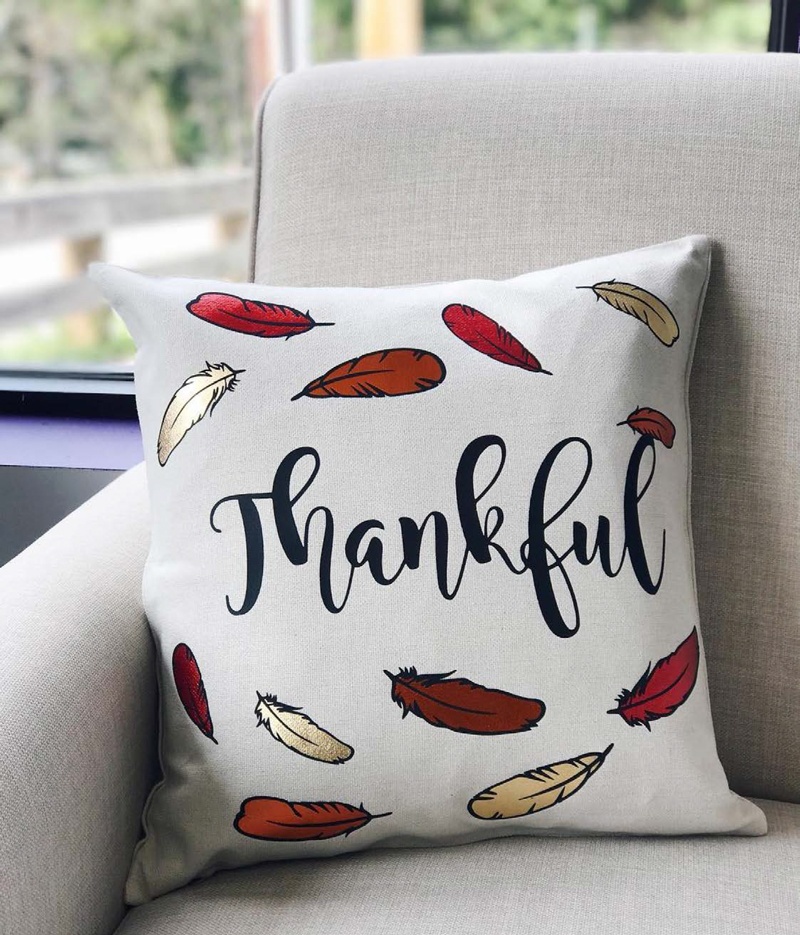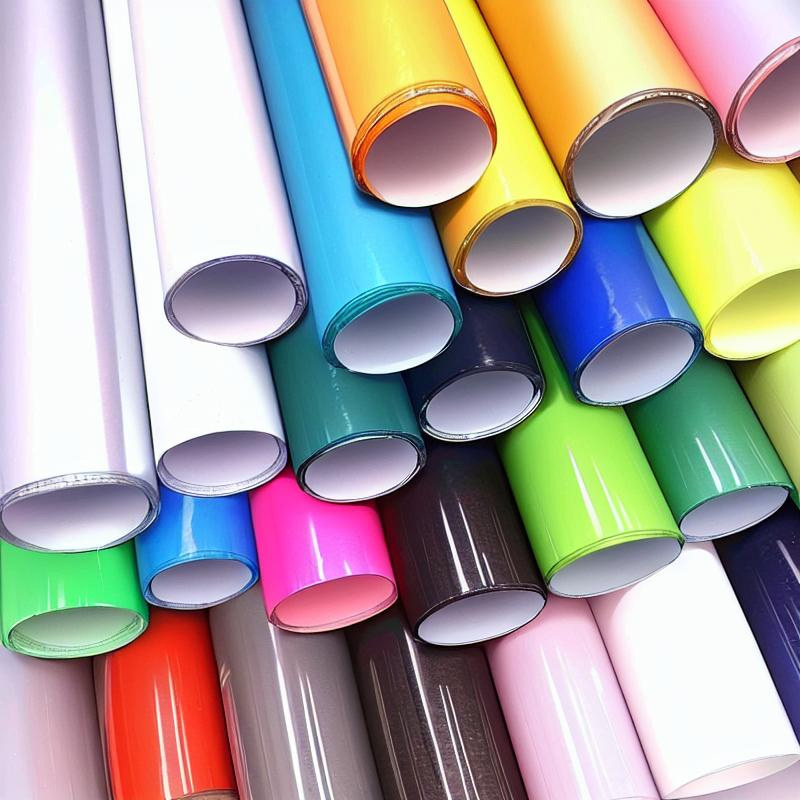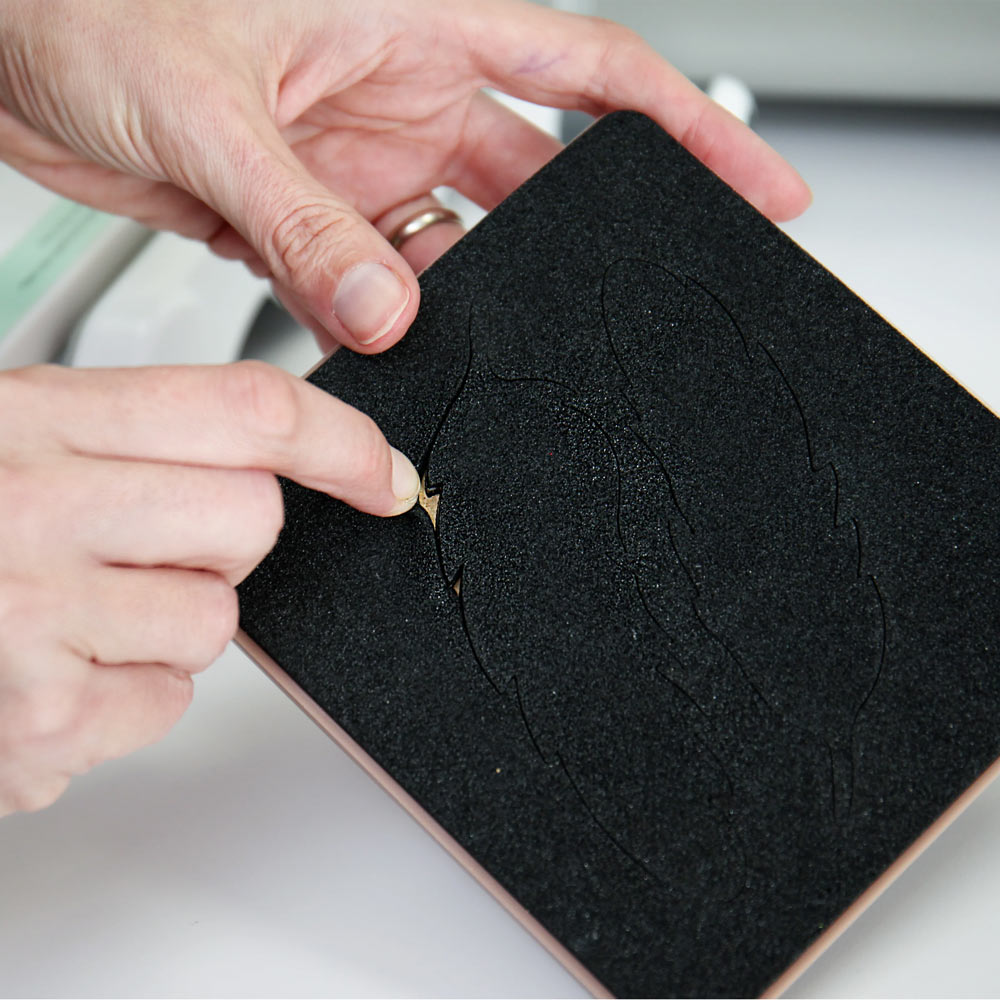1. CHOOSING A BETTER BACKGROUND
There are so many things you can use for backgrounds. You don't have to just use a white wall or a white table. Think outside the box! A hardwood floor creates a great backdrop.You can also use a blank wall, wrapping paper, table cloths-the only limit is your imagination. Don't stop at just plain backgrounds either. If your product is a plain color or pattern, spruce up your background.
One thing to avoid is a background that your product will blend into. If your product is white or very light in color, you won't want to place that product on a white or light-colored background. Make sure your product and your background are contrasting colors. Otherwise, your product could get lost in the background and this won't make for a good image.
You'd be amazed at the things you can use for backdrops that you may have never thought about before. Are you selling a smaller product? Maybe you're selling jewelry, ornaments, keychains, etc.
Foil Adhesive Vinyl was used as a backdrop on the photo of the wine glass. Consider using the materials you have on hand to use as your background image, whether that's vinyl, scrapbook paper, or T-shirts.
If you're selling shirts, consider modeling your products outside in an environment that suits your shirt design. Remember to think back to lighting here! If you're shooting in bright sun, put the sun at your model's back. This will create a catch light which will help separate your model from the background. It will also make for better lighting on the shirt!
If you're not ready to get models for your shirts, consider folding the shirts and placing them on a wooden backdrop, a dining room table, a canvas bag or something else with a unique pattern or texture you have on hand.

2. CROPPING
Once you have your lighting and your background set up, you can improve your photos even more by cropping them. Remember the photo above that Hayley took? Had she not tightly cropped that photo, the focus wouldn't have stayed on the food she was making. Your eyes would have drifted away. Cropping also allows you to eliminate busy backgrounds that you may not want to be visible. For this reason, make sure to crop your photos so that the focus falls
where you want it to be. For instance, in the photos to the right, the top was the original, but I wanted to focus in on the design a bit more, so the bottom is the final version.
3. COLOR
Have you ever shopped online and couldn't tell the color the product you were purchasing? Or have you purchased an item, but when you received it, the color just wasn't what you expected based upon the product photos. This is an issue you can avoid with your own product photos.
Ensuring your photos show an actual depiction of the item your customers are receiving will help eliminate complaints and returns. It will also help your sales. If customers can get an accurate idea of the item they'll be more likely to purchase your products.
Sometimes, even when you're doing everything right, your color can be off. There are multiple reasons for this, but one you may run into the most other than lighting is that something in your photo is tricking the camera. For instance, if there is nothing white in your image, but something beige or cream, your camera could think that is white. This will cause your photo to be too warm or yellow. You can fix this in multiple ways.
Depending on the programs or apps that you're using to edit your photos you can adjust this by tweaking your “color balance.” This allows you to manually adjust a photo to have more yellow or blue in the image. You may also see this labeled as “temperature.” If a photo is too warm or orange, you need to add in some blue. If a photo is too cool (or blue), you'll add in some yellow. The photos below show a before and after of a color adjustment. The original photo was too cool to accurately show the color of the Rose Gold vinyl and after making an adjustment to the color balance, the image is more trueto-color.
4. STAGING
Want your product photos to stand out even more? Go the extra mile and stage your products. This is something small that can go a long way. Staging allows your customers to see what this product looks like in the area it will be used. For instance,if you're selling tea towels why not stage them with utensils, mixers, or other items found in your kitchen? This will allow your customers to imagine them in their own kitchen with their own utensils. Staging can spark emotions for your customers and emotion is typically what sells products.
In the photos below, which photo looks more like something you want to buy? You can't fully tell what the product is in the photo on the left, but the photo on the right makes the pillow case feel real. That photo feels like home, and you begin to think about what that pillow case would look like on your couch.

Stock up on small items to include in photos to take your staging to the next level. For instance, small pumpkins or fake leaves can be used for a nice cozy effect for fall photos. You want to sell your customers on the idea of your product, so invoking emotion through other items that you can associate with an experience will make them want to be part of that experience. Think about color, seasons and activities while choosing your staging items.







 China Import and Export Fair
China Import and Export Fair Focus On Products
Focus On Products